
FSX North American T-28 Trojan
This comprehensive freeware package presents an adaptation of Tim Conrad’s original T-28 Trojan model, initially created for Microsoft Flight Simulator 2004 (FS9), now carefully modified for Microsoft Flight Simulator X. It features the T-28’s authentic trainer specifications, aligns with Naval c...
- Type:Complete with Base Model
- File: t28fsx.zip
- Size:27.3 MB
- Scan:
Clean (10d)
- Access:Freeware
- Content:Everyone
This comprehensive freeware package presents an adaptation of Tim Conrad’s original T-28 Trojan model, initially created for Microsoft Flight Simulator 2004 (FS9), now carefully modified for Microsoft Flight Simulator X. It features the T-28’s authentic trainer specifications, aligns with Naval color schemes, and includes both a 2D and a virtual cockpit to enhance the simulation experience.
Highlighted Technical Details
- Engine Configuration: The T-28A relied on an 800 hp Wright R-1300 radial powerplant, complete with a two-blade constant-speed propeller. This setup allowed for dependable performance during early flight instruction.
- Accurate Panel Systems: Simmers will find a functional 2D panel coupled with a 3D virtual cockpit, offering clear instrument readouts and detailed gauges for situational awareness.
- Naval Paint Schemes: The included texture set, credited to Mark Rooks of RDG Aircraft, replicates a classic United States Navy trainer livery, reflecting the aircraft’s historical role in pilot development.
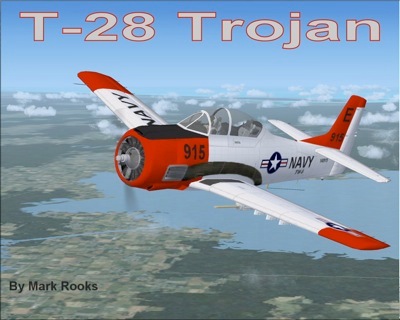
Historic Training Use
Produced between 1950 and 1953, the T-28 Trojan series served the United States Air Force and Navy as a key training platform. Many fledgling aviators honed their fundamental skills in this radial-engine trainer, drawn by its balanced handling and robust construction. The T-28’s straightforward cockpit layout proved invaluable for military pilot instruction programs.
Visual and Historical Inclusions
This add-on also provides fascinating visual references and background materials about the T-28’s origins. By exploring the accompanying pictures and documentation, users can deepen their appreciation of this aircraft’s significance in military aviation history.
Collaborative Development
Credit for the base model belongs to Tim Conrad, whose FS9 design remains the foundation for this release. Mark Rooks of RDG Aircraft contributed enhanced textures and structural modifications that adapt the plane to FSX standards. Together, these developers have ensured that sim enthusiasts can fully experience the T-28’s inherent qualities in a modern simulator environment.
The archive t28fsx.zip has 9 files and directories contained within it.
File Contents
This list displays the first 500 files in the package. If the package has more, you will need to download it to view them.
| Filename/Directory | File Date | File Size |
|---|---|---|
| gauges.zip | 12.17.06 | 711.29 kB |
| Original panel.zip | 06.01.09 | 6.69 MB |
| Read Me First.txt | 06.05.09 | 2.88 kB |
| Reg. Text.txt | 06.05.09 | 499 B |
| Screen T28.jpg | 06.05.09 | 183.70 kB |
| T-28 Picture and History.zip | 06.05.09 | 7.27 MB |
| T-28 U.S.zip | 06.05.09 | 12.50 MB |
| flyawaysimulation.txt | 10.29.13 | 959 B |
| Go to Fly Away Simulation.url | 01.22.16 | 52 B |
Installation Instructions
Most of the freeware add-on aircraft and scenery packages in our file library come with easy installation instructions which you can read above in the file description. For further installation help, please see our Flight School for our full range of tutorials or view the README file contained within the download. If in doubt, you may also ask a question or view existing answers in our dedicated Q&A forum.
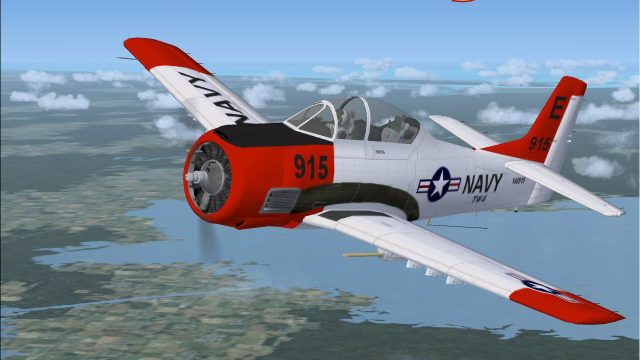
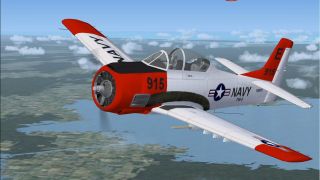


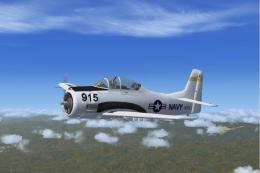
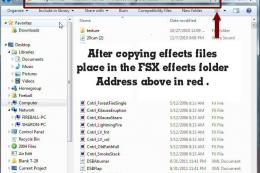
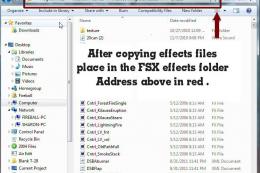
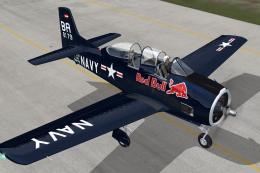
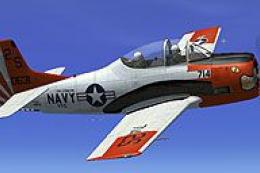
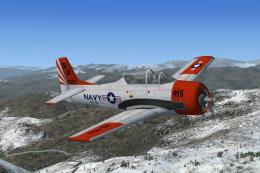
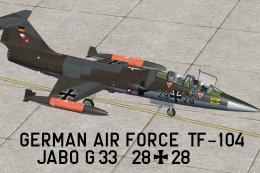
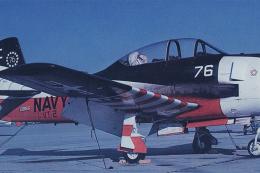
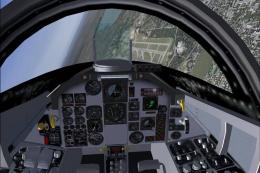
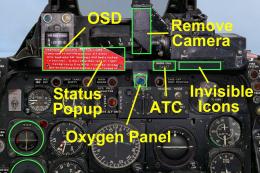
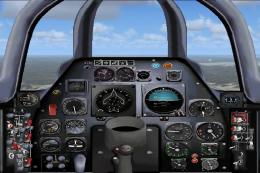
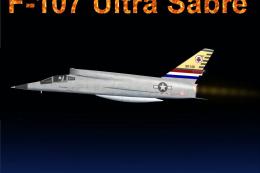
1 comments
Leave a ResponseThe content of the comments below are entirely the opinions of the individual posting the comment and do not always reflect the views of Fly Away Simulation. We moderate all comments manually before they are approved.
In your discretion for the T-28, you call it a primary trainer and in fact, it is an advanced trainer it taught jet pilots how to fly at slow speeds, the primary trainer was the T34 A, B, C, and models A model was Air force B being Navy C also Navy and also the C was a turboprop.